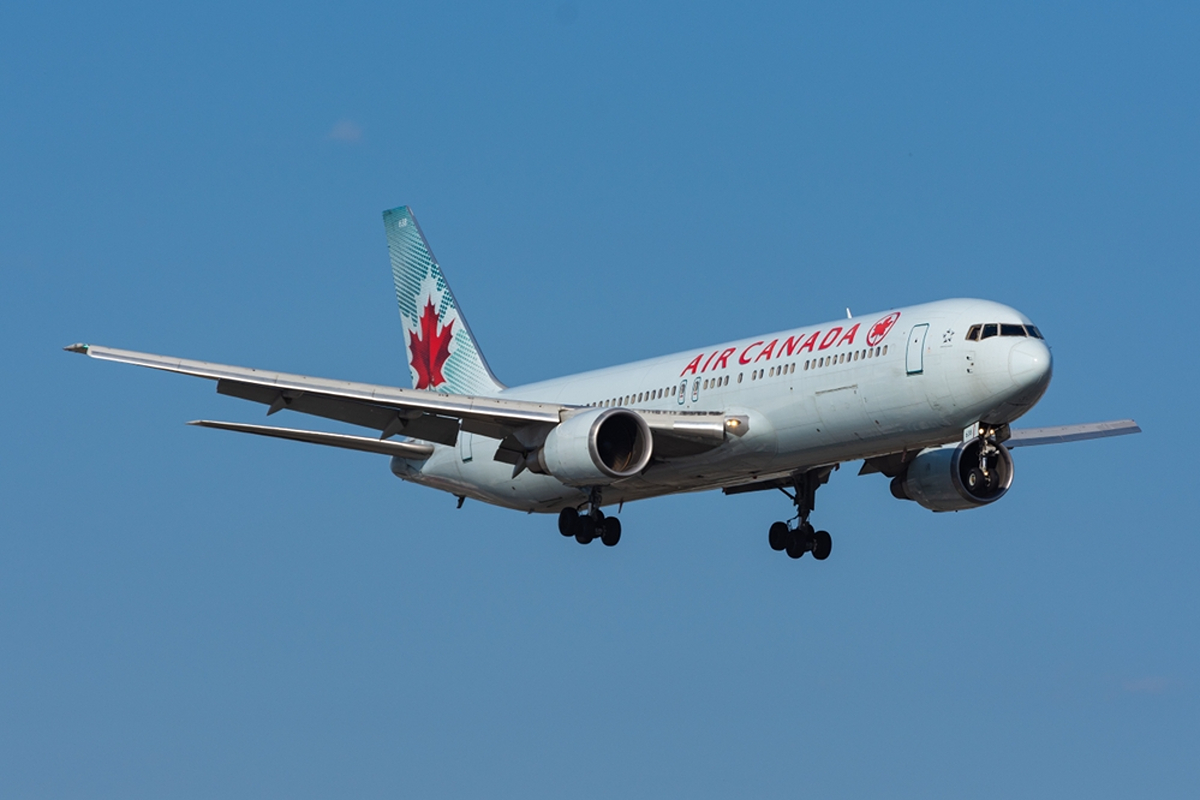Air Canada posted its Q4 and full year results for 2024 on February 13, 2025, detailing record annual revenues of C$22.3 billion (US$15.7 billion).
The Canadian flag carrier managed to achieve these positive figures while increasing its capacity by 5% over the preceding year and carrying 47 million passengers throughout the year. However, it also registered an erosion of 4.7 percentage points from its profit margins, which went down to 5.7%. This is in great part due to the year-on-year 7% increase in operating expenses outstripping the 2% revenue growth.
In this regard, Air Canada was impacted by a C$490 million (US% 354 million) one-time charge in Q4 2024, relating to a new collective agreement it reached in September 2024 with its pilots and their trade union, the Air Line Pilots Association, International (ALPA).
Air Canada has also posted an EBITDA, adjusted for the one-off union settlement charge, of nearly C$3.6 billion (US$ 2.54 billion) and a net income of $1.72 billion (US$ 1.2 billion). However, the airline noted that a significant portion of last year’s net income is attributable to the recognition of C$1.154 billion (US$ 810 million) resulting from deferred income tax assets.
When it comes to guidance for 2025, Air Canada maintains its expectation to generate an adjusted EBITDA of between $3.4 billion and $3.8 billion with a capacity increase, versus 2024, measured in terms of average seat miles (ASM) in the 3% to 5% range.
This forward statement includes a caveat about the achievement of these goals being subject to a number of external factors, including political decisions such as tariffs or the threat of tariffs that could affect the regular conduct of business. This is a customary caveat that nevertheless it takes on a new, more significant meaning in light of the recent scuffles between the Canadian government and the new Trump administration.

